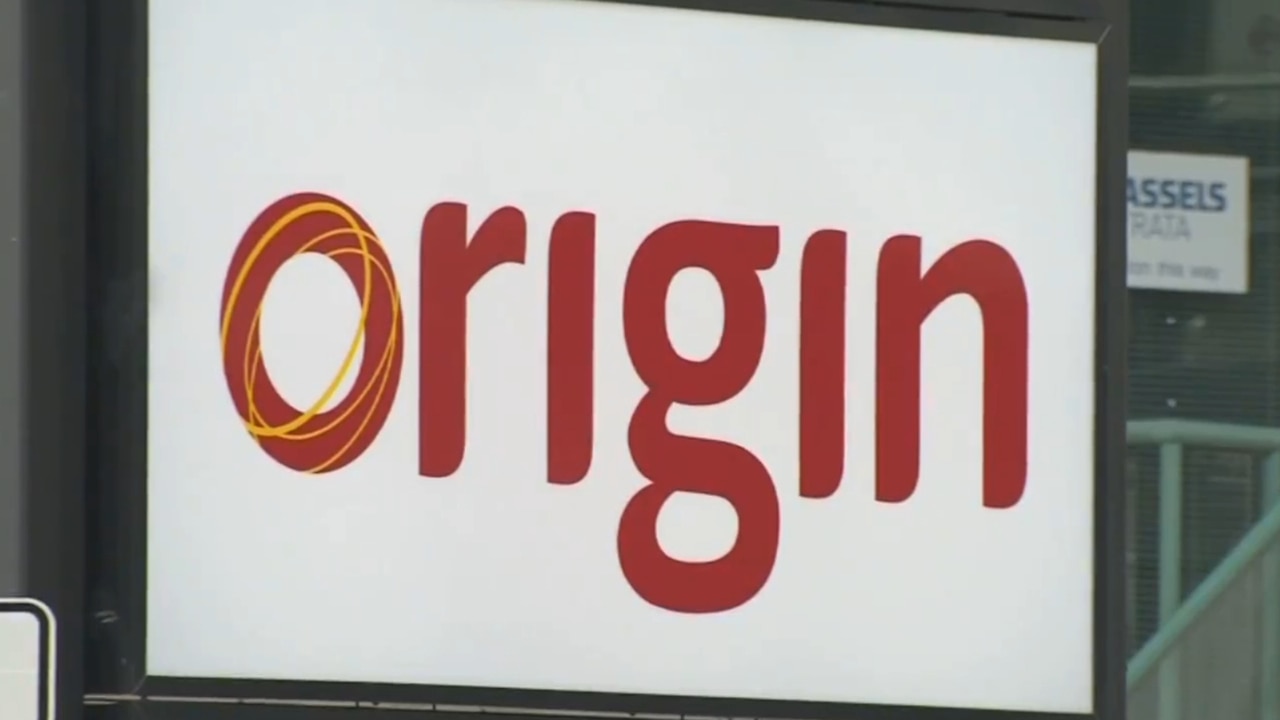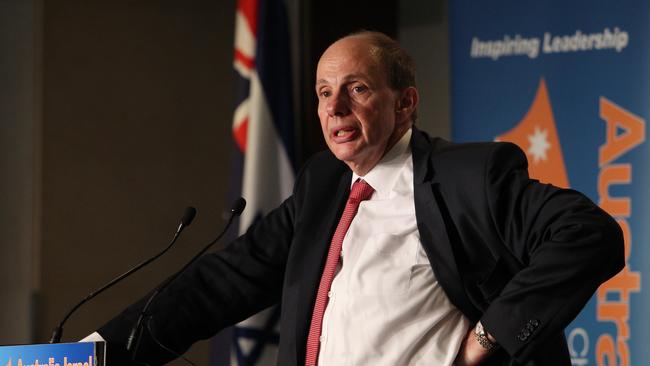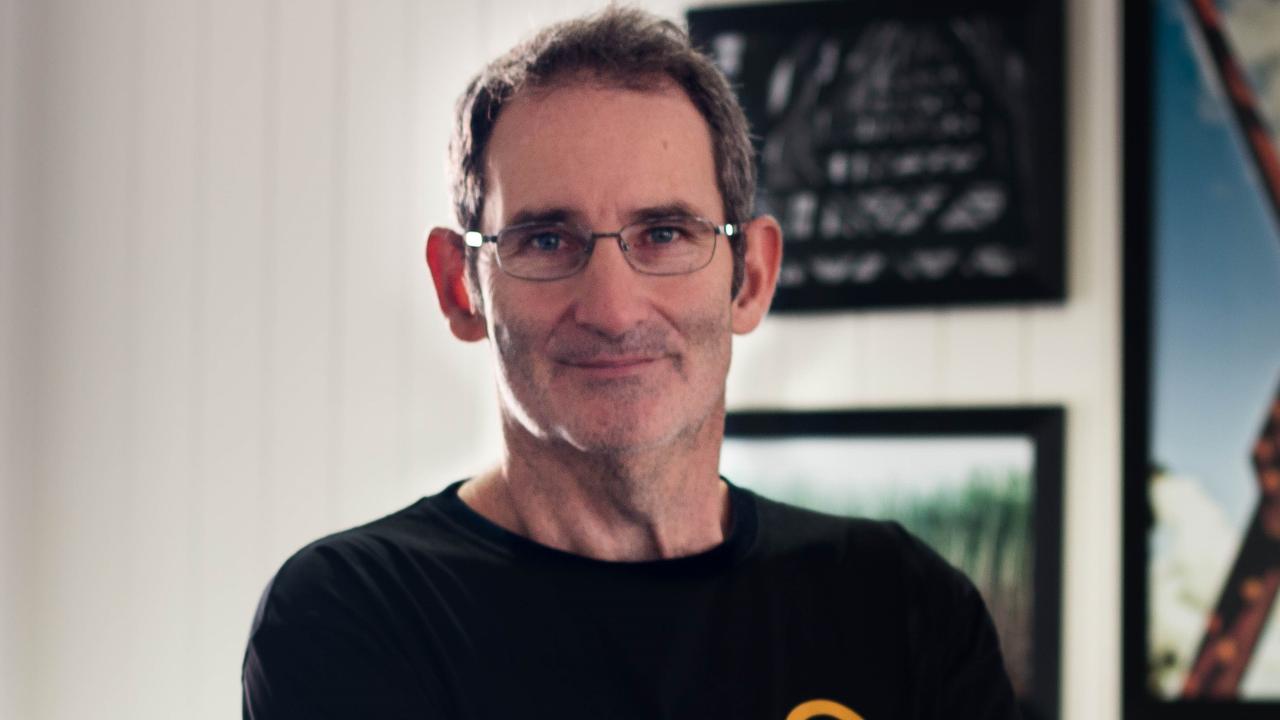The power plays behind industry super’s active role
AustralianSuper’s defeat of a $20bn takeover bid for Origin Energy has underscored the increasing power of the $1.2 trillion industry superannuation fund sector.

AustralianSuper’s defeat of a $20bn takeover bid for Origin Energy has underscored the increasing power of the $1.2 trillion industry superannuation fund sector – and its impact on smaller shareholders and corporate Australia.
The shock move pitted Canadian giant Brookfield and America’s EIG – and the Origin board, which supported their $9.43 a share proposal – against the $300bn AustralianSuper, a major shareholder with 17.5 per cent of the target. It opposed the deal and appears set to play a critical role in the future of Australia’s energy transition.
The next few weeks could see AustralianSuper in the box seat as part of Origin’s plans for the energy transition in Australia. Currently it has a strong reliance on gas.
Or it may result in Brookfield funding Origin’s energy transition with its promises of an extra investment of $20bn-$30bn for renewable energy.
Brookfield, which has been working on the deal since the middle of last year, following the thwarting of its plans to take over AGL Energy, is determined to do what it can, within the bounds of financial sense, to do a deal with Origin.
AustralianSuper’s aggressive stance – in increasing its stake in Origin to 17.5 per cent to boost its chances of blocking the deal and making its critical views on the proposal clear – and its rejection of a revised proposal put forward by Brookfield this week could scuttle the deal, sending Origin’s price down to the levels before the bid was mooted in November last year.
Brookfield’s revised proposal, which would allow institutional investors to reinvest in Origin’s energy markets business if it were taken over by Brookfield, was designed to appeal to institutional investors, including AustralianSuper. It didn’t work – the super giant rejected it as “low ball”.
Critics are privately commenting that AustralianSuper has become “too big for its boots”, with some small shareholders upset that they may lose the chance to get the payout of $9.43 a share on offer from the consortium or risk having to settle for the lower $9.08 a share in the revised bid.
But other retail shareholders say that they are backing AustralianSuper’s stance as they want Origin to remain in public hands.

The chief executive of the Australian Shareholders’ Association, Rachel Waterhouse, told The Australian on Friday that she had been getting texts and messages from shareholders supporting AustralianSuper for this reason.
The ASA has not made a recommendation to its members on how to vote on the Brookfield proposal for Origin, but Ms Waterhouse said small shareholders were increasingly concerned that there were fewer high quality companies on the ASX to invest in.
Recent big departures have included Sydney Airport, which was bought by industry super funds in a $25bn deal last year, and Blackmores, which was bought by Japanese drinks giant Kirin.
For its part, AustralianSuper is insisting that its role is to do the right thing for its 3.3 million members and hasn’t changed its view that the Brookfield/EIG proposal is significantly below the company’s real value.
There are reports that while the industry fund sector is often seen as part of the Melbourne- based “industrial relations club”, not all industry funds that are investors in Origin have backed AustralianSuper’s no vote.
The country’s second-largest fund, the Australian Retirement Trust, and third largest, Aware, would not comment on their vote when approached on Friday.
Long-time super industry observer Jeremy Cooper, a former senior executive with Challenger and now chair of the advisory board at the Conexus Institute, a specialist in the retirement and super sector, said Origin was a “critical piece of national energy infrastructure that also has the potential to make a material contribution to the nation’s 2030 emissions and renewable energy targets”.
“Brookfield Asset Management chairman Mark Carney has recently been quoted as saying the Brookfield pathway (for Origin) will knock six percentage points off (Australia’s) total carbon emissions,” he said.
“This is the first time I have seen a transaction with so much climate impact one way or the other.
“The government interferes in takeovers and acquisitions in Australia in important ways.
“The Foreign Investment Review Board vets sizeable foreign takeovers to see whether they are in the national interest. The ACCC also has power to intervene if a bid has the potential to substantially lessen competition.
“Maybe we need a similar national interest test when it comes to significant climate-sensitive energy or resource assets.”

He said major super funds in Australia were already playing a big role in investing in the energy transition sector.
With their assets increasing, big funds like AustralianSuper were in the market for big deals.
“AustralianSuper has recently said that it wants to own $150bn of what it calls ‘mid risk’ assets by 2030,” he said. “At only around $20bn for all of Origin, it is going to need a few big-ticket deals to get from circa $70bn at June 2023, to $150bn by 2030.”
“Ignoring organic growth, that’s over $10bn in deals each year.”
Grant King, the inaugural chief executive of Origin when it was spun out from Boral in early 2000, told The Weekend Australian that the battle for Origin was a testament to the success of its strategy.
Mr King oversaw much of Origin’s initial growth and pushed the company deeper into LNG to give it a hedge against the volatile electricity generation business. He stepped down in 2016, with internal candidate Frank Calabria taking charge.
“Origin has pursued a consistent strategy,” he said. “The world is concerned about climate change and to reduce the carbon intensity … Origin has always taken an approach consistent with that direction of travel and sought to reduce carbon intensity in its business. That strategy is now being hotly fought over by a variety of people. So that’s certainly a degree of external affirmation that I think the company is going in the right path really since the day it was started.”
He said the takeover tension was “two parties who both have a strong view about the same thing. They just can’t figure out how to get on with it.”
AustralianSuper said this week it is ready, willing and able to advance funds to Origin to help its energy transition.
Different industry funds have different views on how to play a role in the energy transition, with some more focused on renewable energy than others.
Retail industry super fund Rest, the only super fund with 100 per cent ownership of a wind farm, announced plans this week to invest $1bn in Queensland based renewable energy company Quinbrook. It will invest in Quinbrook funds and co-invest in projects in Australia and the US.

Once a twinkle in the eye of politicians such as Paul Keating, the industry super sector is increasing in financial power thanks to the government-mandated superannuation guarantee, which has gone from an initial 3 per cent of salary to 11 per cent today and proposed 12 per cent by 2025.
At the same time, the spate of mergers (encouraged by the Australian Prudential Regulation Authority) has increased the power of each fund.
In 2009 there were almost 60 industry funds. By 2014 this was down to 43 and the sector had assets of around $400bn – an average size of just over $17bn each.
The latest statistics show that there are only 22 industry super funds in a sector worth $1.2bn – an average size of $55bn each.
The reality is the industry is heading towards having several megafunds of over $100bn, a range of mid-level players, and a long tail of smaller funds, many of which will be forced to merge.
Big funds including AustralianSuper, ART, Aware and UniSuper, which have assets of more than $100bn, as well as the smaller Hostplus, Cbus, Hesta and Rest, are significant players in the stockmarket and the broader economy.
One veteran stock market observer who did not wish to be named said AustralianSuper’s role in the Origin bid raised questions about the shift from passive to active investment
. “Historically, passive investors have relied on the recommendations of proxy advisers. For active investors, who is making the call? The equity team, the management, the investment committee or the board? Or all of them? How will conflicts be managed if decisions are not made purely on investment grounds?”
Additional reporting: Eric Johnston







